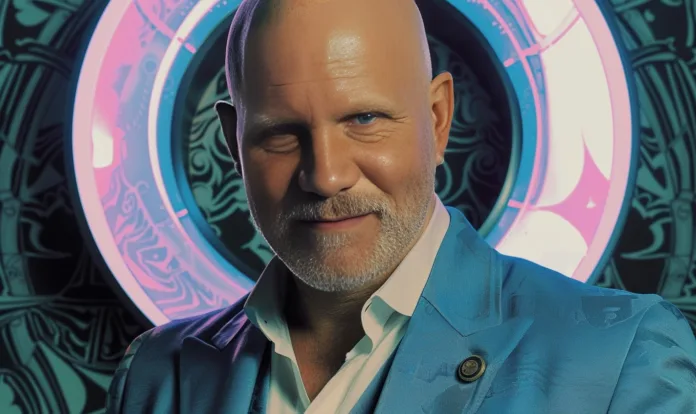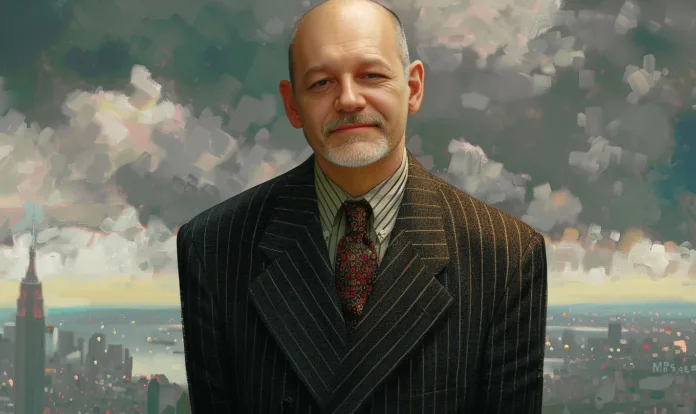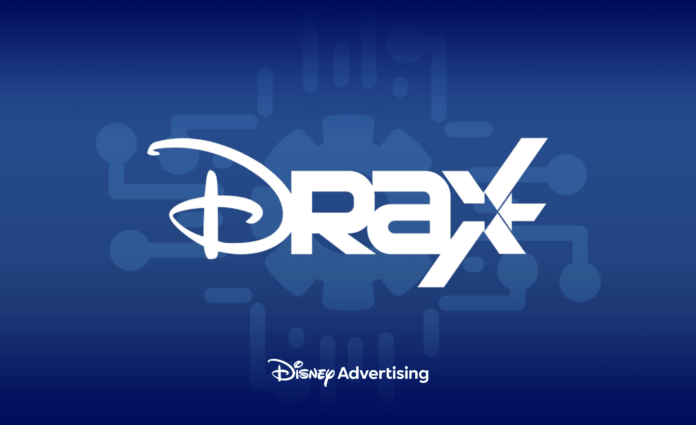Ah, the scent of corporate intrigue is wafting down Madison Avenue, where a plot worthy of a prime-time thriller unfolds. Picture this: two behemoths from the Interpublic Group, Kinesso and Acxiom, find themselves embroiled in a legal brawl, accused of playing dirty with competitor Adstra’s toys. Yes, you read that right—Adstra is throwing down the legal gauntlet under the Defend Trade Secrets Act of 2016, claiming these two played a high-stakes game of “keep away” with its precious trade secrets.
Let’s dig into this mess like we’re dumpster diving for corporate secrets behind the swanky high-rises of Silicon Valley.
Here we have Adstra, playing the role of the wronged protagonist in this digital-age soap opera, casting serious shade on Kinesso. According to the script—err, legal filings—Adstra handed over the keys to their secret data kingdom under a data licensing agreement.
The deal was supposed to be a cozy, exclusive affair; Kinesso gets to peek into the treasure chest to develop identity resolution products tailored just for them. You know, the kind of bespoke service that whispers sweet nothings into a marketer’s ear.
But plot twist! It turns out Kinesso might have been playing the field—sharing Adstra’s secret sauce like it was a cheap party dip. Adstra alleges that these products, which were supposed to be a private viewing for Kinesso’s eyes only, turned into a peep show for Acxiom and possibly other third-party tagalongs.
The audacity! It’s like inviting someone for an exclusive tasting of a secret recipe and then finding out they’ve broadcasted it on a cooking show for the entire world to salivate over.
The implications of such a data dalliance are more tangled than last year’s Christmas lights. If true, Kinesso not only breached the sanctity of their exclusive agreement but potentially handed over the competitive edge to Acxiom—a move akin to giving your rival the cheat codes to your latest game. If true, that’s what we call in the ad business, a big “no-no.”
Adstra wasn’t just sharing their data; they were potentially arming their competitors with the weapons to beat them at their own game. Imagine the corporate espionage thriller that could be written about this saga!
Amidst this alleged betrayal, Adstra is not just licking its wounds but gearing up for a courtroom showdown worthy of a season finale cliffhanger. They’re casting themselves as the data underdog, going up against the might of Kinesso and Acxiom’s corporate empire. The stakes? Control over their own inventions and possibly redefining how data partnerships are viewed across the tech-savvy terrain of Silicon Valley. It’s less about simple damages and more about setting a precedent that even in the cut-throat world of tech, there are rules to the game of data.
Now, imagine a courtroom drama, minus the boring bits. Adstra claims that around the water cooler, Kinesso and Acxiom were the Bonnie and Clyde of data misappropriation. They supposedly conspired to alter the terms of engagement, letting Acxiom dip its fingers into the data pie without getting caught. It’s like sneaking a taste of your friend’s milkshake when they’re not looking—except these milkshakes cost millions and don’t come with whipped cream on top.
In the labyrinthine world of legal dramas, the documents filed in this case could serve as the script for a blockbuster. At the heart of the intrigue is an alleged maneuver by Acxiom, one worthy of a cinematic thriller: the promise of expedited payments. These weren’t just routine financial transactions; according to Adstra, they were bait, part of a cunning plan designed to distract and deceive. Acxiom’s executives, it seems, were portrayed as modern-day Machiavellis, using the allure of quick cash to blindside Adstra’s leadership, effectively sidestepping the usual checks and balances that might have safeguarded proprietary information.
This strategic ploy leveraged a classic distraction technique—promising faster financial resolution to obscure a more dubious objective. The filings suggest that while Adstra’s executives were dazzled by the prospect of swift payments, Acxiom might have been quietly altering the terms of their agreement. This alleged sleight of hand was aimed at allowing Acxiom unauthorized access to Adstra’s coveted data. The implications of such actions are profound, touching on ethical breaches and potential legal violations that could resonate far beyond the confines of this case. The very essence of the deal was reportedly twisted, turning a straightforward business transaction into a backdoor gambit for competitive advantage.
The documents frame these actions in terms that evoke scenes from a spy novel—clandestine and fraught with betrayal. “Just sign here, and don’t mind the small print,” Acxiom might as well have whispered, according to the narrative Adstra presents in its legal challenge. This isn’t just a breach of trust; it’s a dramatic exposition of how corporate giants sometimes play loose with the law to outmaneuver competitors. In this high-stakes game, Acxiom’s alleged tactics aren’t just about gaining an upper hand but could be seen as an attempt to redraw the competitive landscape entirely, using Adstra’s own resources against them. This subplot of the larger legal battle highlights not just the potential misuse of power but also the delicate balance of trust that underpins the competitive yet interdependent world of data-driven marketing.
Here’s where it gets personal—Adstra’s CEO Rick Erwin, a former Acxiom alumni, seems to have been caught in a Shakespearean tragedy, playing out against the backdrop of data schematics and market-share battles. With old ties and new grudges, this saga has more layers than a wedding cake left out in the rain.
Adstra isn’t the type to sit quietly in the corner while its precious data gets trotted out and shown off like the prized pig at a state fair. Oh no, they’re going full Liam Neeson in “Taken”: they have a particular set of skills, they’ve found the alleged culprits, and they’re not afraid to use the law to get their stuff back. They’re seeking injunctive relief, which in the legal realm is basically slapping down a big old “Stop right there, partner!” It’s their way of throwing a legal lasso around Kinesso and Acxiom, trying to corral them into submission before more of their secret sauce recipes get spilled in the competitive cook-off that is identity resolution.
But Adstra’s not stopping at just clamping down the rodeo; they’re also gunning for damages. We’re talking about the kind of financial reckoning that would have even the most hardened CFOs reaching for the tissue box. These aren’t just a few dollars and cents—Adstra wants their pound of flesh in full cinematic glory, aiming to make a scene that would leave even the toughest boardroom barons with their wallets weeping. The potential payouts might just require a new line item on the balance sheet titled “Oops, we did it again.”
Let’s just say, if the court sides with Adstra, it could spell a blockbuster finale to this corporate saga. Picture this: Kinesso and Acxiom, caught in the legal spotlight, might have to hand over not just the data but also potentially vast sums of hush money to keep their competitive misadventures from becoming the next big scandal. Adstra’s move could set the stage for a chilling effect across the industry, where the next time someone thinks about double-crossing their data partner, they’ll have to consider if it’s worth the ensuing legal drama. It’s less “let’s make a deal” and more “let’s make amends” or else face the wrath of the wronged.
As the gavel pounds and the lawyers shuffle their papers, one thing’s clear: in the race to dominate the omnichannel marketing space, it’s not just about who has the best data—it’s about who can keep it out of the wrong hands. In the world of high-stakes advertising, where data is king and secrecy the kingdom’s shield, this battle might just reshape the landscape—or at least make for some sensational headlines.
So, grab your popcorn and tune in. This courtroom drama is set to reveal more than just legal briefs—it’s a window into the cutthroat world of advertising where data is the currency, and trust is just another commodity to trade.























